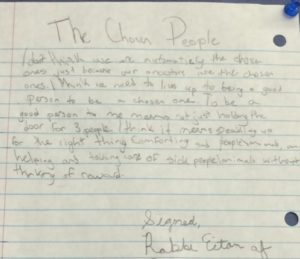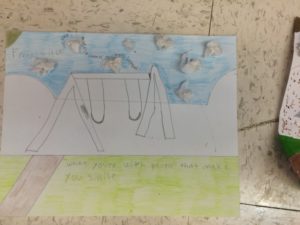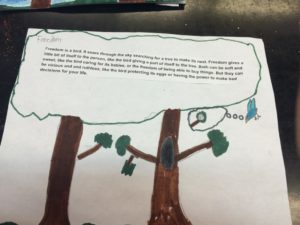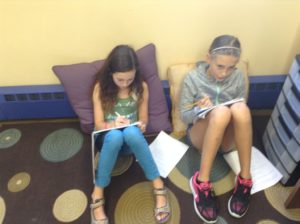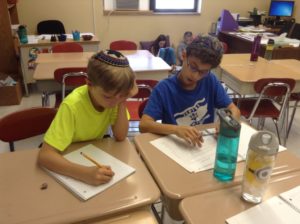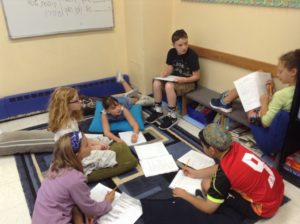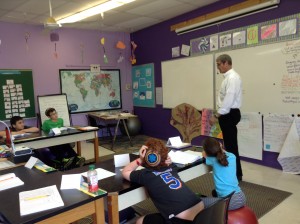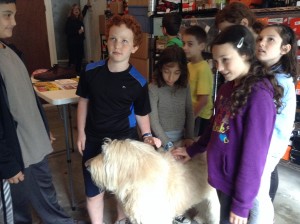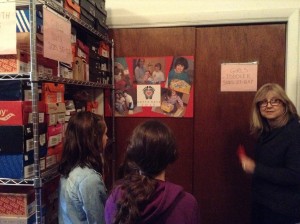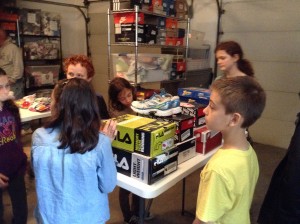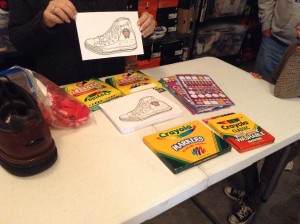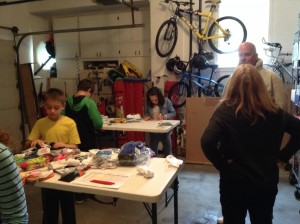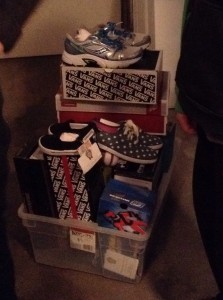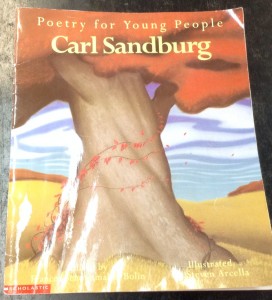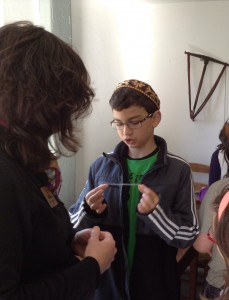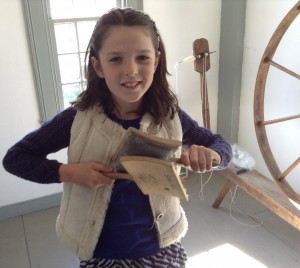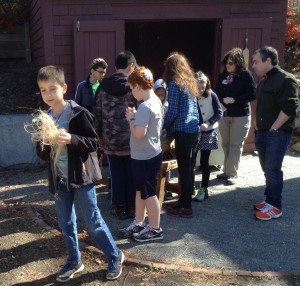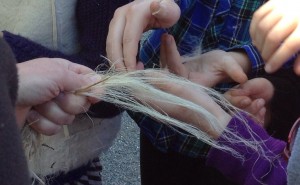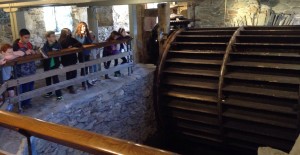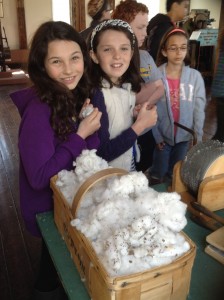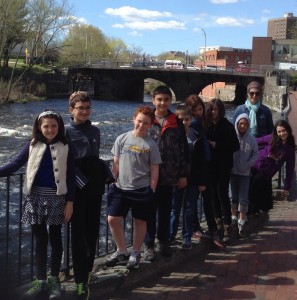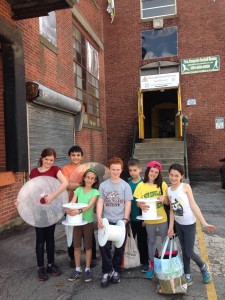Throughout the school year, 5th graders will take on the responsibility of updating the class blog with information they want to share with the wider world. The students are responsible for deciding what to share, creating the text, and capturing images that help tell the story of our classroom. The 5th grade is also working on taking and using feedback, and would love to read your comments and suggestions for our next post. Please enjoy the post below–the first post written by 5th graders this year!
Thank you!
Ms. D and the 5th grade
_-_-_-_-_-_-_-_-_-_-_-_-_-_-_-_-_-_-_-_-_-_-_-_-_-_-_-_-_-_-_-_-
Welcome to the fifth grade blog!
Every week Rabbi Gouze tells us a riddle. This week the one she gave us was:
I am at the beginning of every end
The end of every place
I am the beginning of eternity
The end of time and space
What am I?
Check next time for the answer and a new riddle!!! Leave a comment if you think you know the answer!
Another thing we do every week with Rabbi Gouze is Parshat Hashavua, which means weekly Torah portion. Rabbi Gouze combines the weekly Torah portion in English and Hebrew with a short summary, and puts it on a piece of paper, which she gives to fifth grade. Then we write about our opinions and interpretations of the Parshah and hang our writing in the classroom. Then we read each other’s opinions and decide if we agree or disagree. Earlier in September, the Parshah was about B’nai Yisrael and how we are The Chosen Ones. We had to give our opinions about whether we think we are the chosen ones or not. We learned our ancestors were promised that they and their seed would be chosen forever, and we learned that we are the seeds. Take a look at some of our ideas!
In Design Lab, we have been working on a kippah project. We have been working on this because we noticed that many people are forgetting, losing, or choosing not to wear their kippot because it makes them uncomfortable. One group is making a kippah wheel to help people make better choices about their kippot. The other group is writing jingles to share over the intercom system to remind people when and why they should wear kippot. Here is one of our ideas:
“Wear your kippah on through and through.
That’s what G-d wants us to do!
Put your kippah on your head
for lunch and prayers, but not in bed!”
Another thing we did this month was work on making analogies for Freedom. We learned that analogies are when you combine two things that are different in lots of ways, but are similar in a couple of important ways. We wrote and created pictures that explain our analogies, and we got feedback from our classmates to help us make lots of drafts that got better each time. We also wrote reflections about the project. Here are a couple examples of rough drafts! Our finished projects are posted at school.


